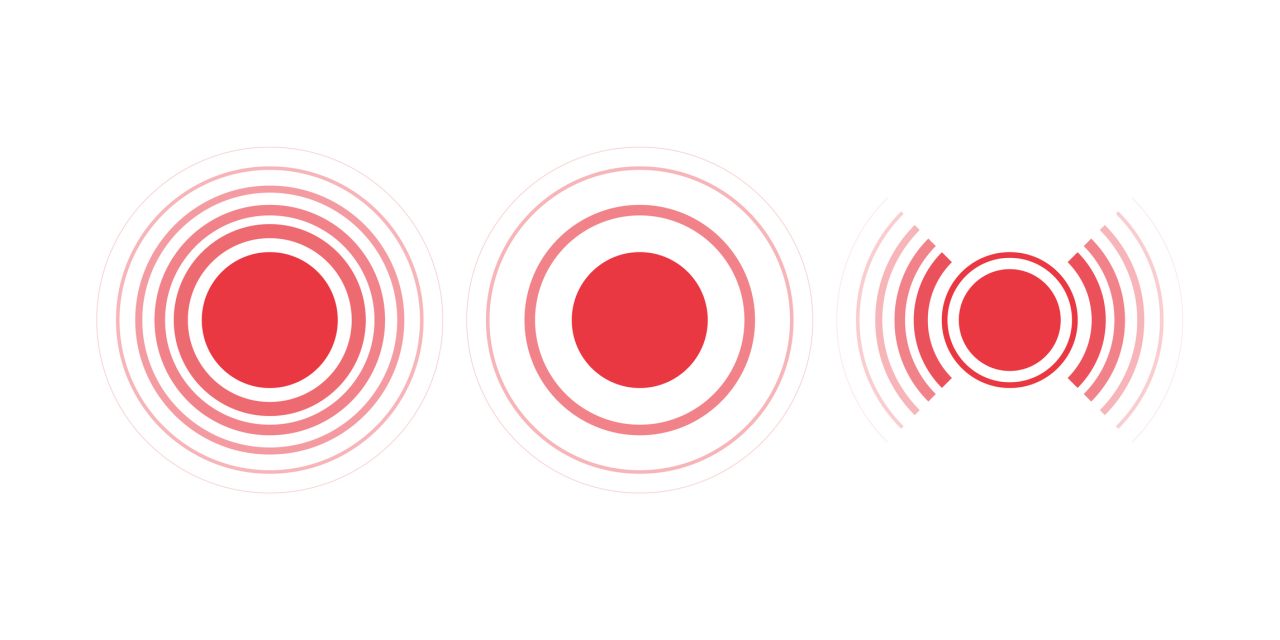Paracetamol (PAR) has been employed worldwide for pain and fever treatment during pregnancy and lactation. Epidemiologic studies have shown that exposure to PAR can increase the risk for developmental disorders, such as attention-deficit hyperactive disorder and autism spectrum disorder. This study aimed to investigate if gestational and lactational exposure to human-relevant doses of PAR could alter behavioural and brain oxidative stress parameters in the rat`s offspring. Wistar dams were gavaged daily with water or PAR (35 mg/kg/ or 350 mg/kg) during gestational day 6 to weaning (postnatal day 21). Behavioural assessments occurred at post-natal days 10 (nest seeking test), 27 (behavioural stereotypy) and 28 (three chamber sociability test and open field). Concentration of advanced oxidation protein products (AOPP), reduced glutathione (GSH), lipid hydroperoxides (LOOH) and activity of superoxide dismutase (SOD) were estimate in prefrontal cortex, hippocampus, striatum and cerebellum of 22-day-old rats. Compared to CON animals, males exposed to PAR during pregnancy and lactation augmented apomorphine-induced stereotyped behaviour (350 mg/kg) and ambulation in open-field test (35 mg/kg). Reduced exploratory behaviour in three chamber sociability test was observed in pups exposed to PAR at 350 mg/kg in both sexes. PAR treatment decreased hippocampal GSH level and striatal SOD activity in males exposed to 35 mg/kg, suggesting the vulnerability of these areas in PAR-induced developmental neurotoxicity. Findings suggest PAR use during pregnancy and lactation as a potential risk factor for neurodevelopmental disorders with males being more susceptible.Copyright © 2021. Published by Elsevier B.V.
PERINATAL EXPOSURE TO PARACETAMOL: DOSE AND SEX-DEPENDENT EFFECTS IN BEHAVIOUR AND BRAIN’S OXIDATIVE STRESS MARKERS IN PROGENY.


